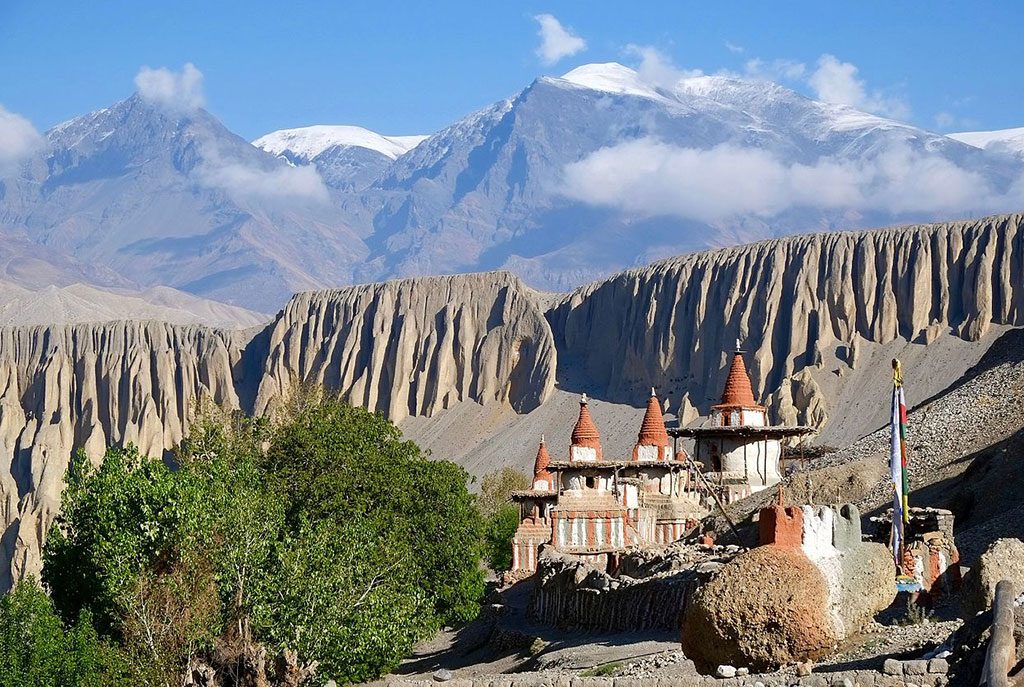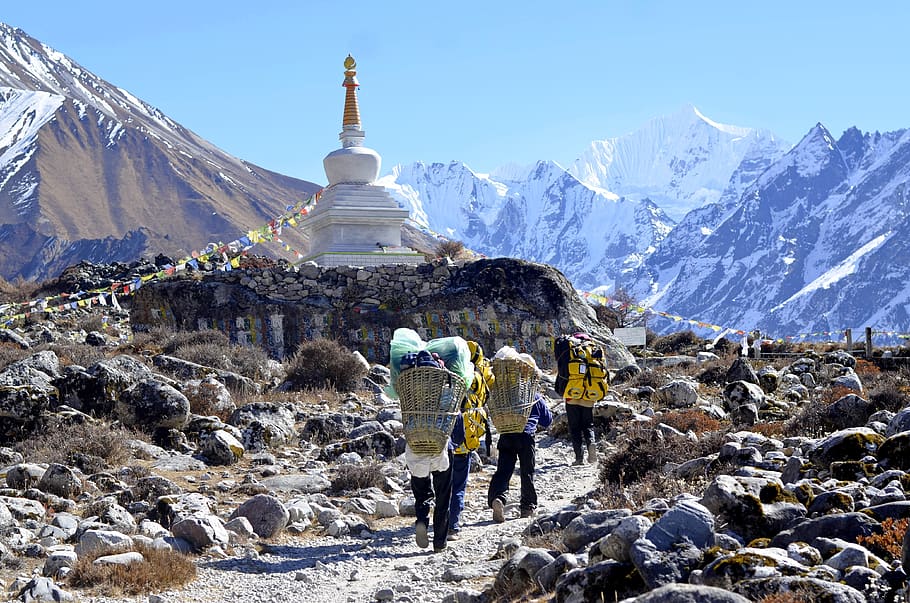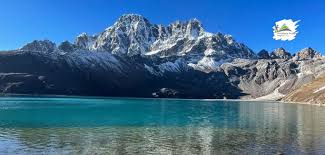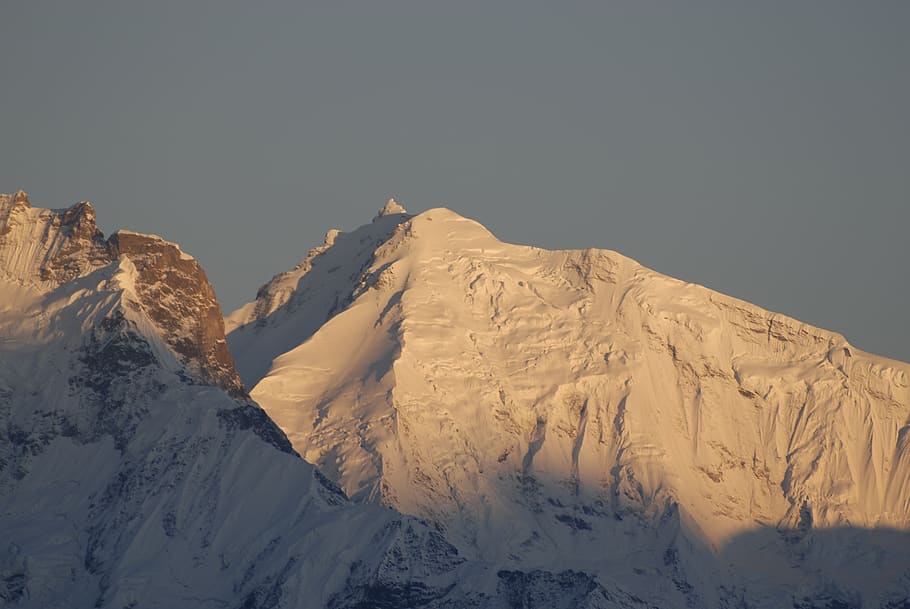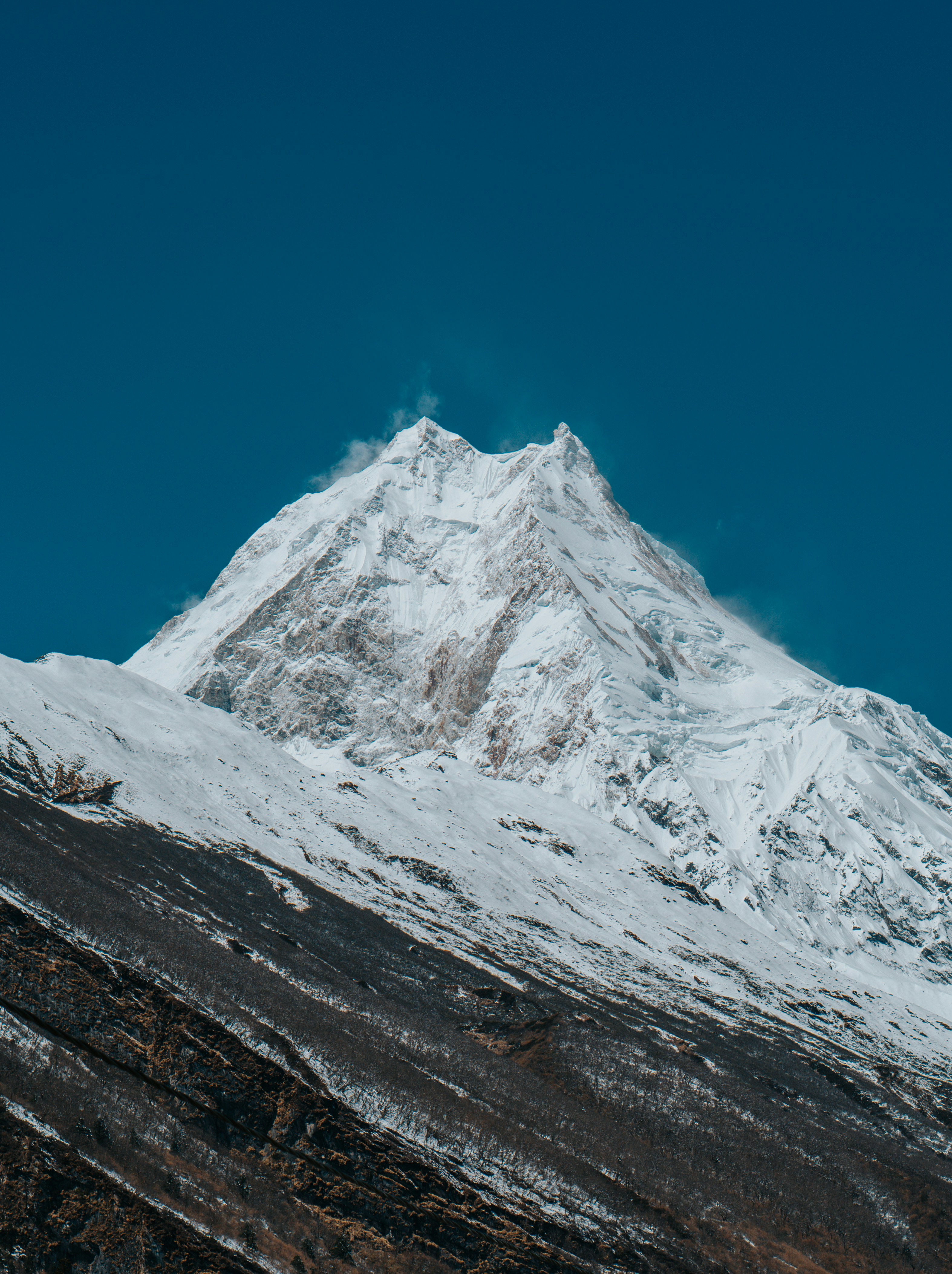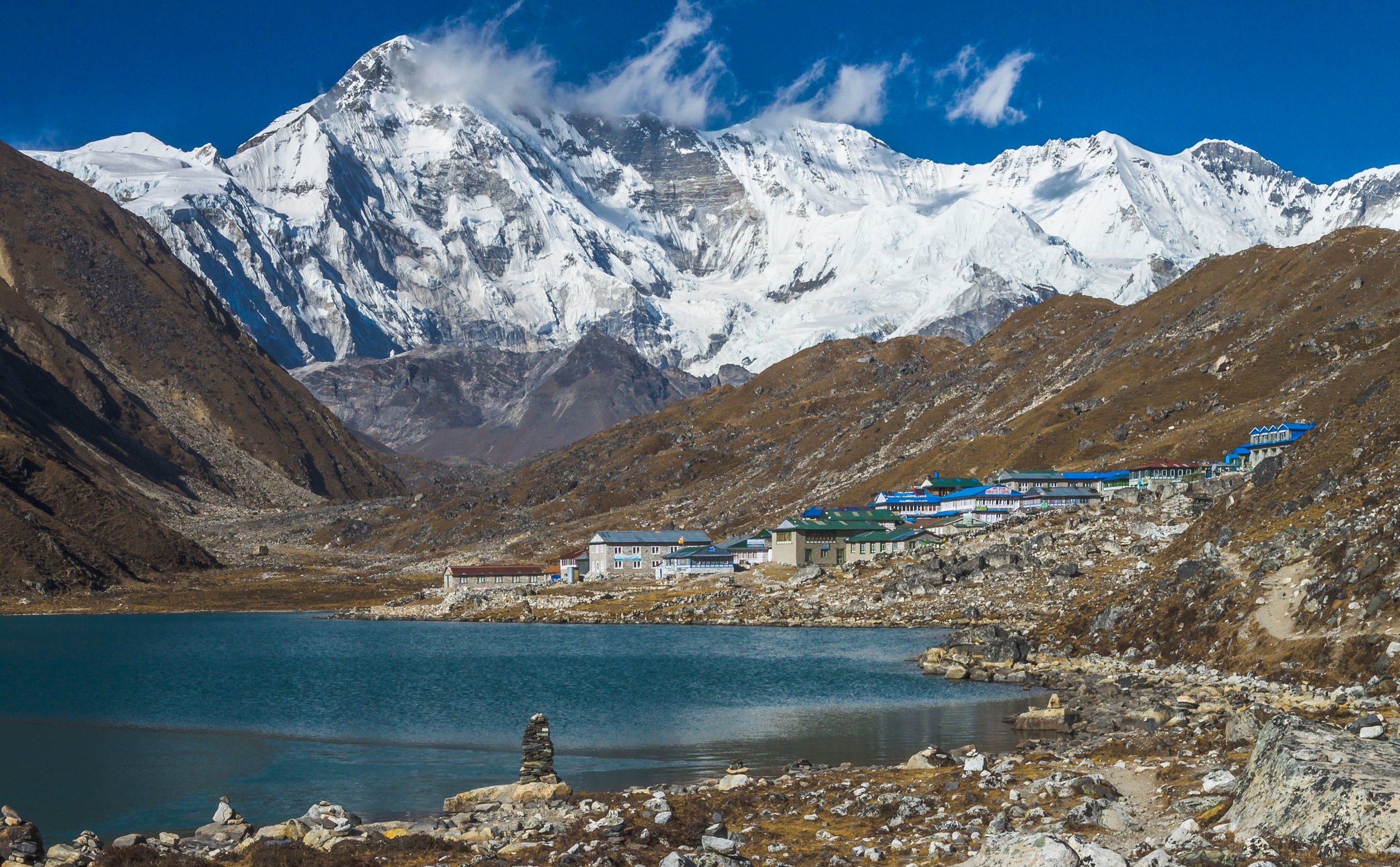 Press Releases That Rank – Boost Authority & Brand Trust Fast!
Press Releases That Rank – Boost Authority & Brand Trust Fast!
Kanchenjunga Trek Guide: Essential Tips for First-Timers
Written by Sara Funes » Updated on: May 12th, 2025 136 views

Trekking to Kanchenjunga, the third-highest mountain in the world, is a dream for many seasoned hikers and a bold step for adventurous first-timers. Nestled in eastern Nepal, the Kanchenjunga region offers one of the most remote and culturally rich trekking experiences available. With fewer crowds, dramatic alpine scenery, and strong local traditions, this trek is perfect for those seeking an off-the-grid Himalayan journey.
In this guide, we will provide first-timers with everything they need to know to prepare for a successful and enriching Kanchenjunga trek. From permits and packing lists to acclimatization and cultural etiquette, this article serves as your comprehensive introduction.
Why Choose the Kanchenjunga Trek?
The Kanchenjunga trek is not just about reaching high altitudes; it's about exploring pristine wilderness and vibrant cultural landscapes. The trail passes through lush rhododendron forests, alpine meadows, glacial rivers, and remote mountain villages. Unlike more commercial trekking areas, this route is less frequented, offering solitude and authenticity.
The region is home to diverse ethnic groups, including the Limbu, Rai, and Tibetan communities, each with distinct customs, dress, and traditions. The biodiversity is equally impressive, as the Kanchenjunga Conservation Area protects rare species like the snow leopard, red panda, and Himalayan black bear.
Trek Overview
• Starting Point: Taplejung or Suketar (after a flight from Kathmandu to Bhadrapur and a jeep drive)
• Ending Point: Taplejung
• Duration: 20 to 25 days
• Maximum Elevation: Pang Pema (Kanchenjunga North Base Camp) at 5,143 meters
• Difficulty: Challenging
• Accommodation: Teahouses and camping
Permits Required
Due to its location in a restricted zone, the Kanchenjunga trek requires multiple permits:
• Restricted Area Permit (RAP) for Kanchenjunga
• Kanchenjunga Conservation Area Permit (KCAP)
You must trek with a registered guide and be part of a group of at least two people. Solo trekking is not allowed in this region for safety and conservation reasons.
Best Time to Visit
The ideal seasons to trek in Kanchenjunga are spring (March to May) and autumn (September to November). These months offer clear skies, stable weather, and stunning mountain views. Spring brings vibrant flora, while autumn offers crisp air and colorful landscapes.
Winter treks are not recommended due to snow-covered trails and freezing temperatures, and the monsoon season (June to August) brings heavy rain, slippery trails, and potential landslides.
How to Prepare Physically and Mentally
Kanchenjunga is a strenuous trek requiring good physical fitness and mental resilience. First-timers should start training at least two to three months in advance, focusing on:
• Cardio training (hiking, running, cycling)
• Strength training (especially legs and core)
• Carrying a loaded backpack on practice hikes
• Acclimatization to high altitudes if possible
Understand that you’ll be trekking long hours, sometimes in harsh conditions, and should be mentally prepared for basic facilities and remote living.
Essential Packing List
Being well-equipped is key to your safety and comfort. Essential items include:
• Waterproof trekking boots
• Warm base layers and insulating jackets
• Rain gear and windproof outerwear
• Sleeping bag (rated for -10°C or lower)
• Reusable water bottles and purification tablets
• First aid kit and personal medication
• Trekking poles
• Power bank or solar charger
Additionally, pack snacks, sunscreen, lip balm, and a headlamp. Since this is a remote area, resupply opportunities are limited.
Accommodation and Meals
While teahouses are available along many parts of the route, some remote sections may require camping. Teahouses provide basic lodging with simple food such as dal bhat, noodles, and porridge. Expect minimal electricity and limited hot showers. If camping, you will need a trekking agency to manage logistics and staff support.
Acclimatization and Health Tips
Altitude sickness is a real concern on the Kanchenjunga trek. First-timers must:
• Ascend slowly and follow proper acclimatization days
• Drink plenty of water
• Avoid alcohol and smoking
• Know the symptoms of altitude sickness: headache, nausea, dizziness, fatigue
• Consult with your guide if symptoms occur
Carrying altitude sickness medication (after consulting a doctor) is a smart precaution.
Cultural Etiquette
The Kanchenjunga region is rich in cultural heritage. Trekkers should respect local customs and traditions:
• Dress modestly in villages
• Ask for permission before taking photos of people
• Do not touch religious artifacts or structures
• Walk clockwise around monasteries and mani walls
• Support local businesses and buy handicrafts when possible
Learning a few words in Nepali or the local dialect can greatly enhance your interactions.
Responsible Trekking Practices
Sustainability is important in such a pristine environment. Follow these responsible trekking practices:
• Carry a reusable water bottle and avoid single-use plastics
• Do not leave trash on the trail
• Stay on designated paths to prevent erosion
• Respect wildlife and do not disturb animals
• Support eco-friendly lodges and local guides
Safety Tips for First-Timers
• Hire an experienced, licensed guide
• Register your trek with local authorities
• Stay updated on weather conditions
• Keep emergency contacts and travel insurance handy
• Always trek with a companion or group
Combining Routes and Extended Treks
For trekkers who want to explore further, the Kanchenjunga trek can be extended to include both North and South Base Camps. This circuit offers a fuller experience of the region and deeper cultural immersion.
Combining routes requires additional days, permits, and logistical planning but rewards you with diverse landscapes and fewer repeated paths.
Conclusion
The Kanchenjunga trek is a challenging yet incredibly rewarding journey, especially for first-time adventurers looking to go beyond the typical trekking routes. With proper preparation, the right mindset, and respect for the land and people, you will experience a life-changing adventure in one of the Himalayas' most secluded regions.
If you are ready to step out of your comfort zone and into the heart of eastern Nepal, the Kanchenjunga trail awaits with open arms and towering peaks. Plan wisely, trek responsibly, and let this journey be the beginning of many more.
Note: IndiBlogHub features both user-submitted and editorial content. We do not verify third-party contributions. Read our Disclaimer and Privacy Policyfor details.
Copyright © 2019-2025 IndiBlogHub.com. All rights reserved. Hosted on DigitalOcean for fast, reliable performance.


